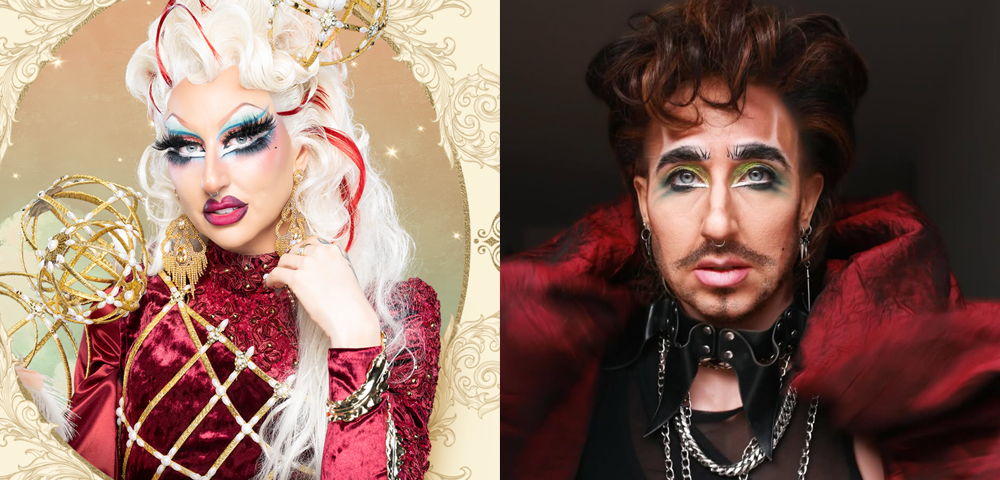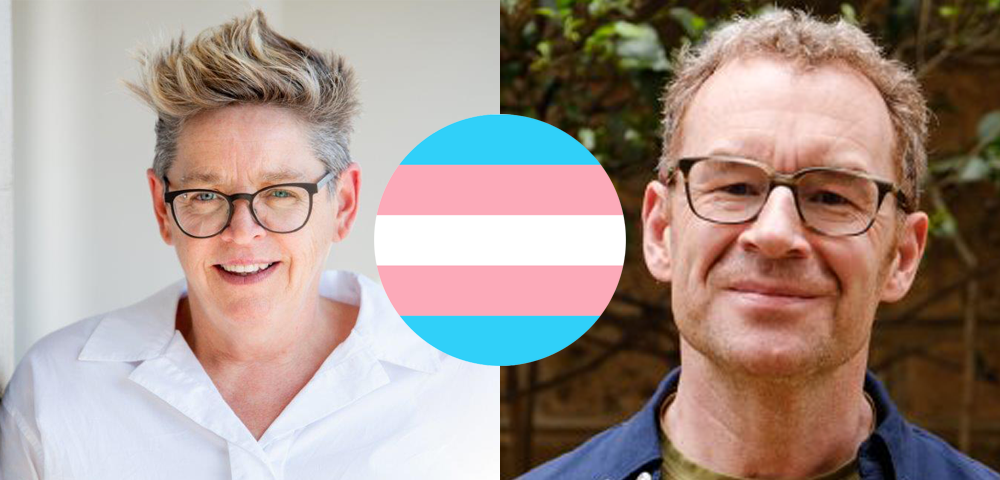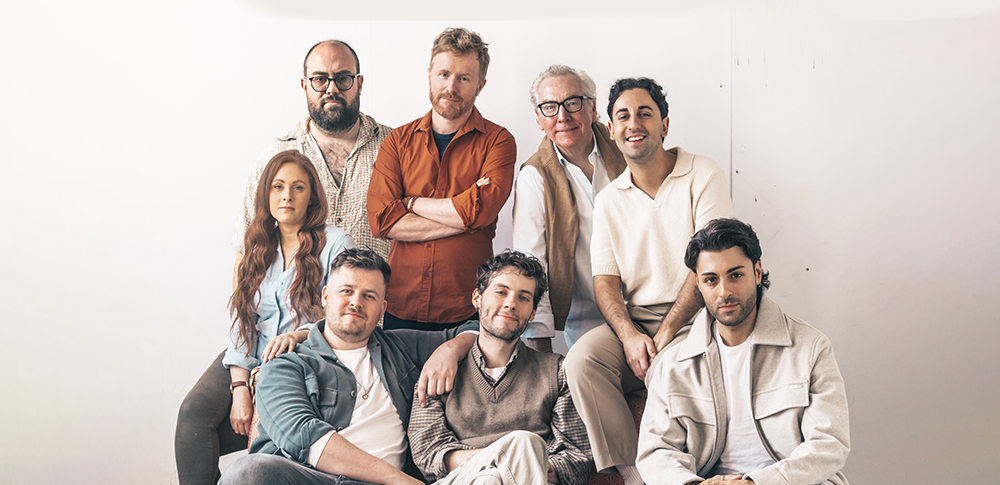
61% Of Australia’s Gay Employees Remain Closeted At Work

Most LGBTQI working Australians are not out at their workplaces, with a new study revealing that 61% of queer employees hide their sexual orientation at work, 14% hide their gender and 14% their disability.
A report, Diversity And Inclusion In The Workplace, by US-based job search engine Indeed found that 1 in 5 or 19% of LGBTQI Australians feel that queer employees are not treated equally at their work place. And, around 30% of LGBTQI employees say they are not able to speak up openly at work without fear of criticism.
The research was conducted online by YouGov in February 2020 with around 1,512 participants.
“It’s challenging for the majority of people to empathise with the impact that ‘being in the closet’ has on a lived experience, especially at work. It is one point for a workplace to be inclusive as a whole, but it can be the immediate day-to-day team or a few key people amplifying the ingrained feeling that being out and open at work carries risk,” Jay Munro, Indeed’s Head of Career Insights, told Star Observer.
The survey had some interesting insights when it came to how Australians want their workplaces to be.
A large majority said they wanted to work in an equal and diverse organisation. Around 80% of the participants said that when they apply for a job they look for a workplace that promotes diversity and inclusion, with 74% of working Australians believing that their workplace treats everyone equally.
The reality of workplaces in Australia were however less than perfect, with just over half or 57% saying that their employer employs people from different cultural, ethnic and social backgrounds.
“One thing we found pop up frequently in our research is that workforce representation is key to ensuring that everyone feels part of a safe and supportive workplace culture, free to be who they are. Establishing dedicated inclusive resource groups, such as an LGBTQI networking committee, is an impactful way to help an individual’s sense of belonging in a work environment,” said Munro.
But, it is not just LGBTQI employees that are in the closet.
Around 46% of Australian employees say, at some or all the time, they are not comfortable bringing their true selves to work, and for a quarter this meant hiding their age. Half of workers with a disability (51%) say they feel the need to hide their disability at work and 20% say they don’t think their organisations would take appropriate action in cases of discrimination.
When it comes to diversity and inclusion, Munro advocates a top-down approach, with the leadership team taking on a more proactive role in driving the message.
“If senior staff don’t take diversity and inclusion seriously, then no matter how many policies are in place to address discrimination, the lack of action and practical acknowledgment will become their downfall. Though everyone is responsible for tackling discriminiation in the workplace, our report found that larger enterprises are more likely than smaller organisations to take action against discriminiation. We revealed that 84% of Australian employees who work in enterprise organisations with 200 or more employees believe that their place of work would take appropriate action to incidents of discrimination, compared with 71% of workers in mid-sized organisations of 50-99 employees.”
Munro recommends that it is important for organisations to incorporate diversity and inclusion right at the onboarding process.
“Smart organisations are not just looking for new inclusion initiatives for internal culture, but are extending their policies and initiatives to directly attract new talent and find greater visibility with job searchers as a diverse and inclusive workplace,” pointed out Munro. “Additionally, it’s important to hire diversely at all levels to bring unique experiences and perspectives to your organisation. Establishing a zero-tolerance policy on bullying is also key in ensuring the safety of all workers. To build a strong culture, encouraging and respecting each person’s idea is critical to creating a truly diverse and inclusive workplace. Lastly, promote your own Diversity and Inclusion practices to serve as a consistent reminder.”









